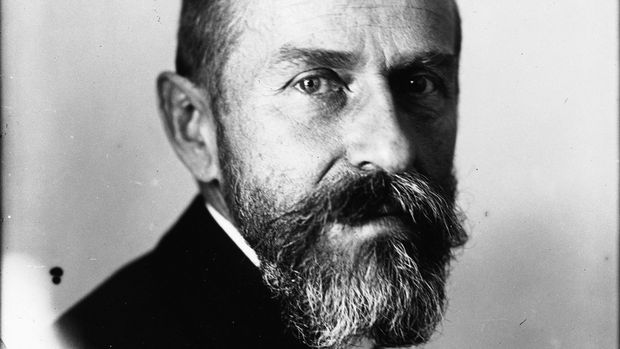Known for his work on schizophrenia: Who is Eugen Bleuler?
Bleuler's contribution to psychiatry was in the field of psychosis. Eugen Bleuler influenced contemporary psychiatry trends with his healing approach. His evaluations on the structure and symptoms of schizophrenia remain valid.

(1857-1939) Swiss psychiatrist. He is known for his work on schizophrenia. He was born on April 29, 1857 in Zollikon. He died at the same place on July 15, 1939. He studied medicine at the University of Zurich. Between 1898 and 1927, he worked as a professor of psychiatry at the same university and was the director of the Burghölzli clinic of this university. Together with Freud, he directed the first comprehensive psychoanalytic journal, the Jahrbuch für Psychoanalytisch und Psychopathologische Forschitngen (“Yearbook of Psychoanalytic and Psychopathological Studies”).
Bleuler's contribution to psychiatry was in the field of psychosis. At the time Bleuler began his work, psychiatrists treated the onset of mental illness (dementia praecox) as a disorder in its own right. Whereas, Bleuler argued that the onset of mental illness is the result of disorders with common symptoms. According to him, the disconnection from reality is one of these symptoms. Bleuler gathered all of these forms of mental illness under the category of schizophrenia. Bleuler first developed the concept of schizophrenia in 1908 in a study of 647 patients at the Burghölzli clinic. However, it was Dementia Praecox Gruppe der Schizophrenien, (“The Schizophrenia Group Dementia Praecox”) that led to his recognition.
Eugen Bleuler opposed the approach that does not consider it possible for schizophrenics to recover. He argued that the mental work of sick people is basically like that of normal people. According to him, the disorders of schizophrenics occur only in relation to certain problems and at certain times. Schizophrenia is about the splitting of the patient's personality. Bleuler developed the concept of "ambivalence" accordingly.
Another form of schizophrenia that Bleuler examines is that patients disconnect from the outside world and close to their inner world. Bleuler, in his book Lehrbuch der Psychiatrie ("Textbook of Psychiatry"), which he wrote in 1916, called this condition "autism" and examined the role of "autism" in the development of paranoia.
Eugen Bleuler approached Freud's psychoanalytic theory by arguing that some of the factors that lead to abnormal behavior may be unconscious. Bleuler corresponded with Freud for a while and appointed Carl Jung, who followed Freud, as the chief assistant of the Burghölzli clinic. However, over time, he fell into professional and personal disagreements with Jung and Freud, and Jung left his job at the Burghölzli clinic.
Eugen Bleuler influenced contemporary psychiatry trends with his healing approach. His evaluations on the structure and symptoms of schizophrenia remain valid.
